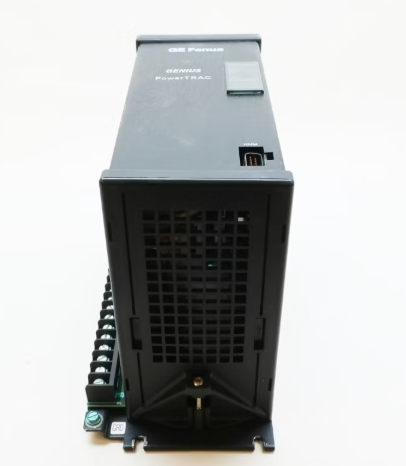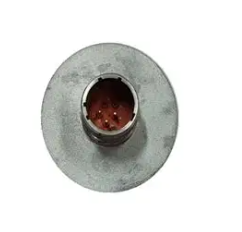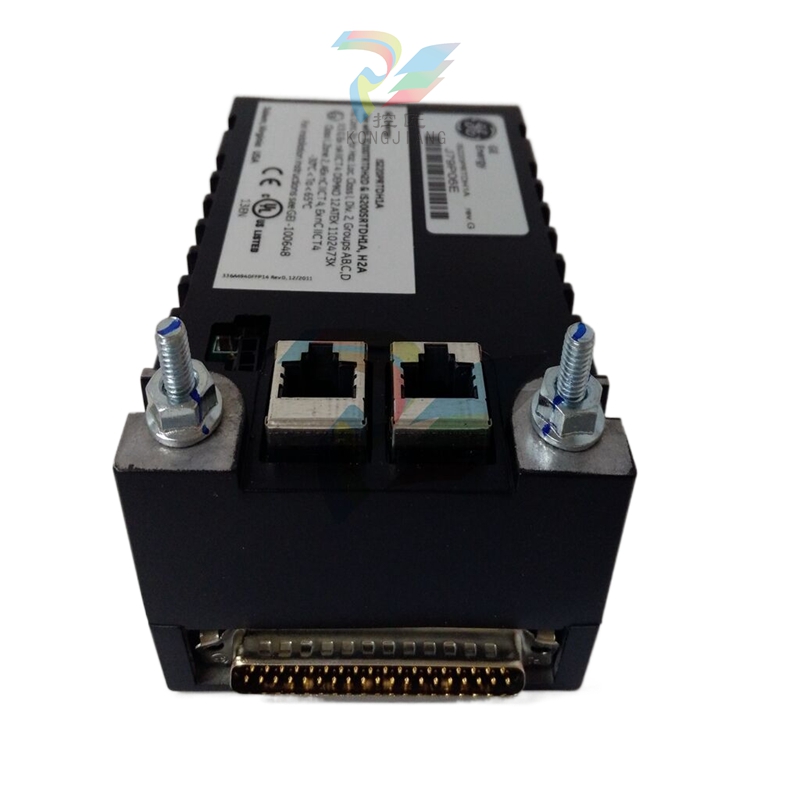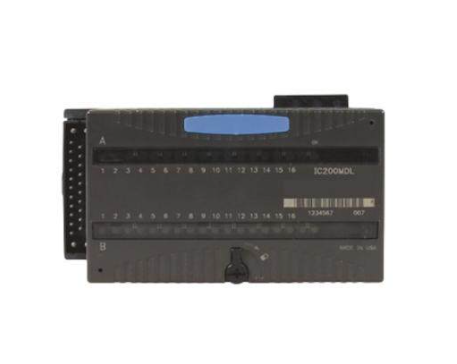Real estate demand for good superposition photovoltaic glass has been put into production, optimistic about the annual soda ash price upward
First, steady growth
1.1 The demand for real estate is good and photovoltaic glass is put into production successively, and the price of soda ash is optimistic about the rise of the year
1.1.1 Under the background of steady growth, the repair of real estate supply and demand is expected to accelerate
The pressure on economic development will further strengthen the expectation of loosening real estate policy. Since entering 2022, China's macroeconomic downward pressure has gradually emerged, and the triple pressure of demand contraction, supply shock and expected weakening interact. In the context of the current adherence to the policy of zero eradication of the epidemic, the subsequent pressure on domestic economic growth has increased, because the demand for epidemic prevention and control may be replaced by a more robust policy stimulus.
At present, there is a multi-point spread of the epidemic across the country, and the number of new cases in Jilin and Shanghai continues to increase. According to the data of the National Health Commission, from March 1 to May 8, 107,000 new confirmed cases and 643,000 new asymptomatic infections were diagnosed nationwide. The rebound of the epidemic has increased the risk of industrial supply chain stability, and the prosperity of the manufacturing and service industries has significantly weakened, and the short-term economic downward pressure has increased. China's manufacturing PMI was 47.4 in April, down 2.1 percentage points from the previous month; Caixin's China services PMI fell to 36, down 6 percentage points from the previous month and the lowest since March 2020. The spread of the impact of the epidemic and the pressure on economic development may further strengthen the expectation of loosening the real estate policy.

Under the background of steady growth, the repair of real estate supply and demand is expected to accelerate. The real estate industry is large in scale, long in chain and wide in scope, and plays a decisive role in the national economy. In 2021, the added value of China's real estate industry accounted for nearly 7% of GDP, and its own and related industrial chains contributed nearly 30% to GDP, so the key to stabilizing the economy is to stabilize the real estate. According to the National Bureau of Statistics, from January to March 2022, the total domestic new construction area of 298 million square meters, year-on-year -17.5%; The total completed area is 169 million square meters, -11.5% year-on-year. With the subsequent alleviation of the epidemic and the recovery of the construction progress, the growth rate of new starts and completion is expected to be gradually repaired at the current bottom.
In the context of stable economy and steady growth, many places in the country have introduced relaxation policies on the real estate market due to urban policies, on the one hand, restore market confidence, encourage just need groups and reasonable improvement of demand groups to buy homes, relax the purchase restriction policy, reduce the down payment ratio and lower mortgage interest rates and other measures to restore the smooth operation of the market; On the other hand, improve the financing environment of domestic housing enterprises, and the liquidity pressure of housing enterprises has been gradually alleviated. Under the goal of stabilizing land prices, stabilizing housing prices and stabilizing expectations, it is expected that the policy repair at both ends of supply and demand in the real estate industry is expected to accelerate.

1.1.2 Soda ash prices are expected to continue to rise under tight supply balance
The downstream of soda ash in China is mainly real estate and photovoltaic glass, and domestic consumption continues to increase. According to BaichuanWeifu, the total production capacity of soda ash in China in 2021 is about 34.36 million tons/year, of which 16.96 million tons are produced by the combined alkali process, 15.6 million tons are produced by the ammonia-alkali process, and 1.8 million tons are produced by trona. In the main downstream demand structure of soda ash in China, the demand for flat glass (mainly used for real estate construction and automobiles) accounted for 47%, the demand for daily glass (mainly used for packaging materials) accounted for 17%, and the demand for photovoltaic glass (mainly used for photovoltaic modules) accounted for about 8%.
Real estate recovery is expected to bring incremental upward demand for soda ash. In 21 years, the completed area of domestic real estate is about 1.014 billion square meters, of which residential buildings account for 72%, corresponding to the demand for soda ash is about 12.35 million tons. In the case of continuous force of the subsequent real estate policy, with the gradual improvement of the financial side of housing enterprises, the completed area previously affected by the epidemic will be gradually released in H2, and we expect that the completed area is expected to maintain year-on-year growth in this year. Assume that the proportion of residential buildings in the completed area remains 72%, and the glass yield remains unchanged at 85% : under the optimistic scenario, if the completed area remains 10% increased, the demand for soda ash in 22 years will reach 14.33 million tons, an increase of nearly 2 million tons; In the neutral case, the completed area maintains a 5% growth, and the demand for soda ash in 22 years can reach 13.68 million tons, an increase of nearly 1.33 million tons. Real estate recovery will drive the incremental demand for soda ash to continue to rise.
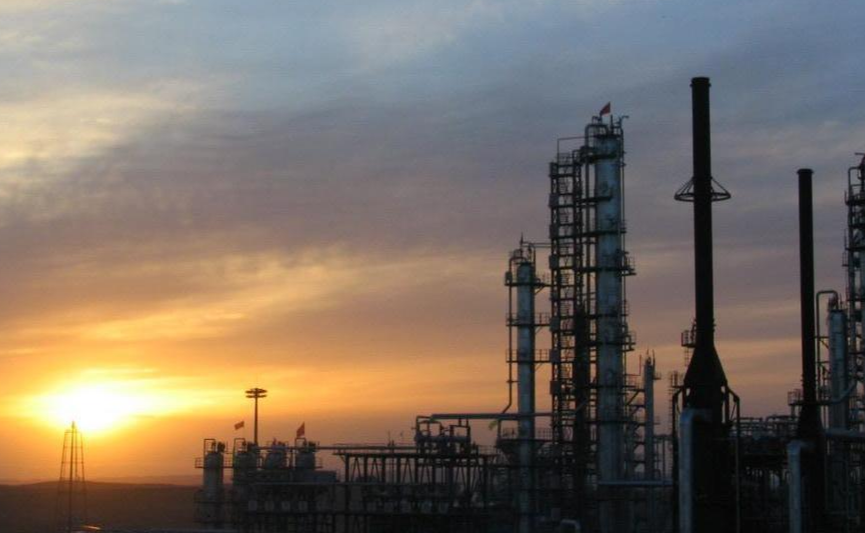
Photovoltaic installed capacity has increased significantly, and photovoltaic glass is expected to drive the demand for soda ash to increase rapidly. In 2021, the global PV installed capacity reached 170GW, and the domestic PV installed capacity was nearly 55GW. According to CPIA data, during the 14th Five-Year Plan period, China's annual new photovoltaic installed capacity will exceed 75GW. The increase in photovoltaic installed capacity and the continuous increase in the permeability of superimposed double glass modules will greatly stimulate the demand for photovoltaic glass, and then drive the rapid growth of soda demand. According to Baichuan, the current stock of photovoltaic glass has dropped from the high point at the beginning of the year to about 63,000 tons, and the average price of 3.2mm coating has further risen to 28 yuan/square meter. In 22 years, the total new daily melting volume of domestic photovoltaic glass is about 6550 tons/day, which corresponds to an annual increase of about 2.36 million tons of photovoltaic glass. According to the photovoltaic glass consumption of 0.2 tons of soda ash calculation, the year's new soda ash demand of about 470,000 tons, in the year without new production capacity, soda ash supply tight balance situation is expected to maintain, the price or will continue to rise.
The current soda ash export is still at a low level, and the subsequent volume price is expected to exceed expectations. China is a net exporter of soda ash, with domestic exports of about 760,000 tons in 21 years, and exports of more than one million tons in 20 years and previous years. Overseas chemical synthetic soda ash production capacity accounts for about 20% (mainly for ammonia alkali process), and soaring energy prices have pushed up the cost of overseas soda ash. At present, the proportion of domestic exports is still less than 5%, and the subsequent domestic soda ash export volume and price are expected to achieve more than expected growth. (Report source: Future Think Tank)
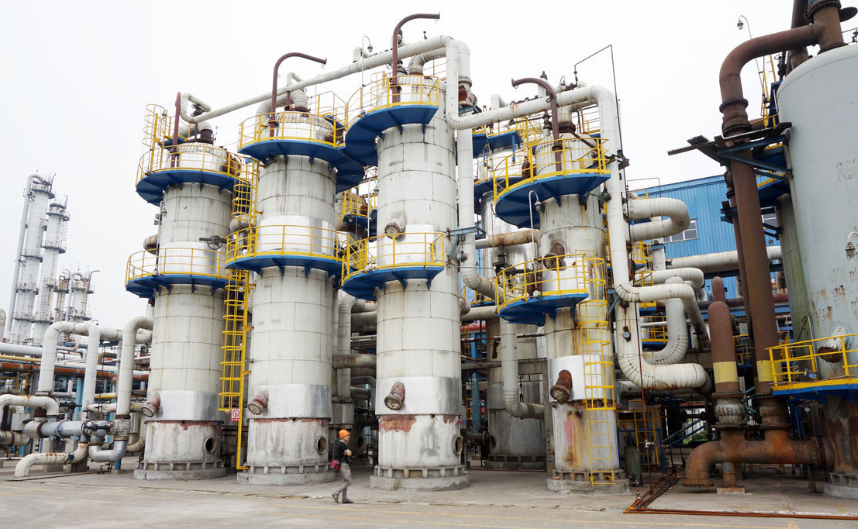
1.2 Under the background of stable economy, the chlor-alkali economy is expected to rise, and the export arbitrage window is opening
1.2.1 The resource properties of calcium carbide are prominent under the background of carbon neutrality
Calcium carbide energy consumption control is becoming stricter. On March 5, 2021, the Government work report of The State Council pointed out that it is necessary to do a solid job of carbon peaking and carbon neutrality, formulate an action plan for carbon emissions peaking before 2030, and optimize the industrial structure and energy structure. According to the survey data of China Petroleum and Chemical Industry Federation, the number of enterprises with carbon emissions of more than 26,000 tons of standard coal in the whole industry is about 2,300, and the total carbon emissions account for 65% of the total industry, and mainly concentrated in methanol, synthetic ammonia, calcium carbide, PVC, coal to oil and other sub-industries. Among them, 40% of the production cost of calcium carbide industry is power consumption, a ton of calcium carbide production requires 3,500 degrees of power consumption, and its production of raw materials in the forging process will also emit a lot of carbon dioxide. The characteristics of high energy consumption and high emission of calcium carbide make it become the key rectification object under the double carbon target in China. Taking Inner Mongolia as an example, in February 2021, the autonomous region government issued Several Safeguard Measures to Ensure the completion of the "14th Five-Year Plan" dual control targets for energy consumption, and determined that the region's dual control targets for energy consumption in 2021 are a 3% reduction in energy consumption per unit of GDP and an increase in energy consumption of 5 million tons of standard coal. No longer approve coke (carbon), calcium carbide, polyvinyl chloride (PVC) and other projects, there is a need to build, must be implemented in the area of capacity and energy consumption reduction replacement, which marks the further control of calcium carbide energy consumption in China.
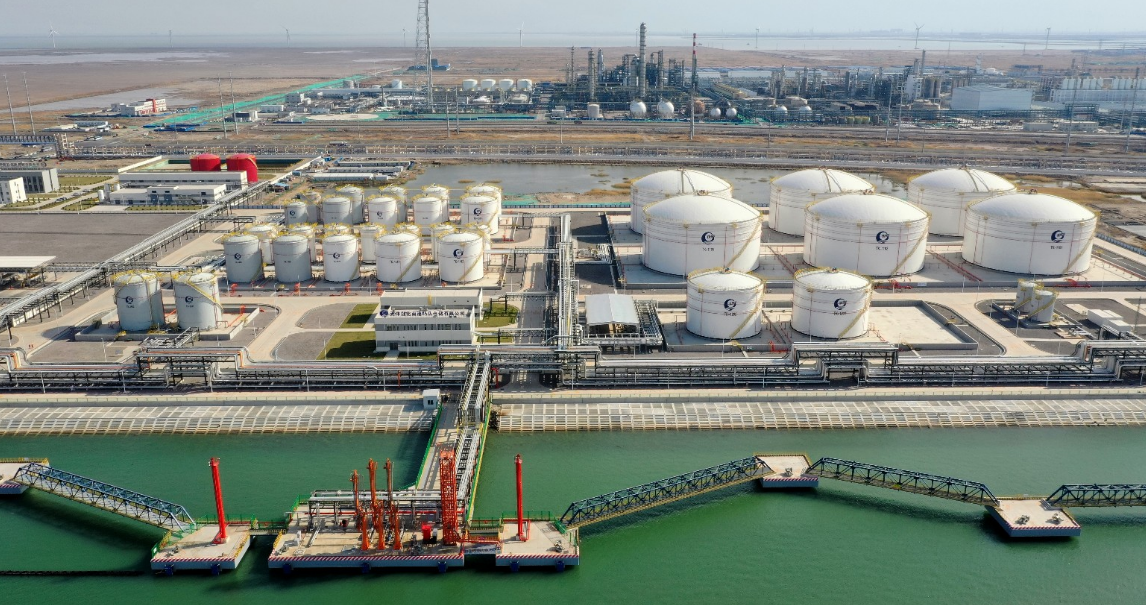
China's calcium carbide production capacity continues to withdraw, and some production capacity will resume in 2021, but it is still in a tight supply state. China's calcium carbide production capacity is mainly concentrated in northwest and North China, and the production capacity of the two places accounts for more than 60%. In addition, China's calcium carbide industry concentration is low, representative enterprises include Zhongtai Chemical, Xinjiang Tianye, Junzheng Group, Hubei Yihua and so on. Since 2015-16, due to environmental protection limited production, backward production capacity clearance and other policies, China's calcium carbide production capacity has been declining, effective production capacity from 44.29 million tons in 2016 to 33.48 million tons in 2021, and the withdrawal capacity has reached 10.81 million tons. In 2020, China's calcium carbide production was boosted by the downstream PVC industry boom, which increased to 27.579 million tons, exceeding the level in 2016, and the capacity utilization rate increased from 60%-65% in the past four years to nearly 85%. Entering 2021, the industry has about 700,000-800,000 tons of calcium carbide production, making the effective capacity of the industry slightly increased. At the same time, due to the decline in the downstream real estate boom, and the rapid rise in PVC prices led to a decline in acceptance of the end, the supply and demand of the calcium carbide market was weak, and the price fell gradually from the fourth quarter. For 2022, according to Zhuochuang Information and Baichuan Yingfu statistics, the domestic production capacity will be about 2.4-2.7 million tons of calcium carbide. However, considering that the current domestic PVC calcium carbide matching rate is less than 80%, at the same time, the current domestic completely new commercial calcium carbide production capacity will not be approved, but needs to exist as a supporting PVC new production capacity. Therefore, based on the current domestic effective production capacity of 33.48 million tons of calcium carbide, according to 80% of the downstream application in PVC 20% of calcium carbide for non-supporting PVC production, assuming that half of them will gradually withdraw under the background of the industry matching rate increase, it is expected that there will be about 2.7 million tons of calcium carbide production capacity withdrawal in the future. Therefore, in the context of the overall elimination and addition of the industry, new calcium carbide devices may appear in recent years, but we judge that the overall calcium carbide production capacity will basically not grow, calcium carbide industry will be in a tight supply situation for a long time, and the change mainly lies in the improvement of the PVC matching calcium carbide rate.
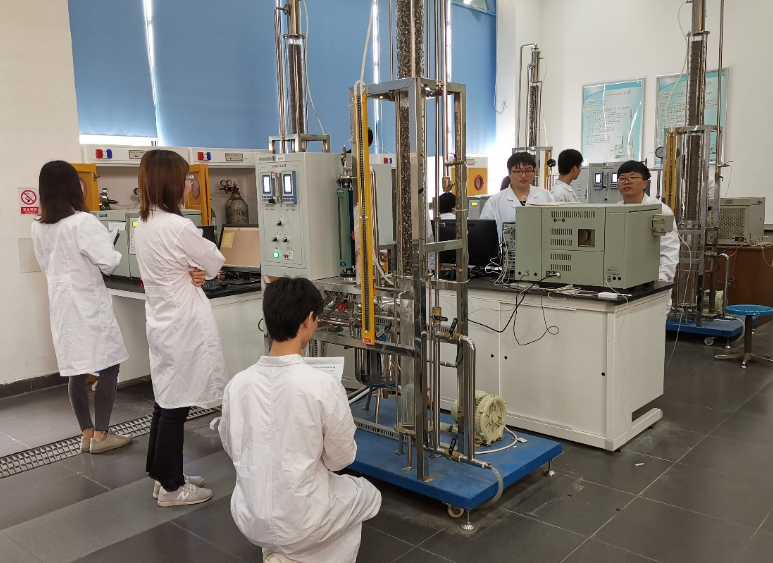
1.2.2 PVC demand is relatively stable supported by real estate, and calcium carbide gives strong support to the cost end
From the supply side, according to Baichuan Yingfu statistics, the effective production capacity of domestic PVC in 2021 is 25.9 million tons, the same as in 2020. It is expected that domestic PVC production capacity will increase by about 2.8 million tons in 2022, and will increase by about 800,000 tons in 2023. From the demand side, under the pull of the completion of the real estate industry, the demand for PVC downstream construction pipes and other products is strong. Historically, the completed area of real estate can be used as an indicator of the prosperity of the PVC industry, which is usually synchronized with the PVC price boom or 0.5-1 years ahead. According to the data of the National Bureau of Statistics, the completed area of domestic real estate in 2021 will reach 1.014 billion square meters, +11.8% year-on-year; As of March 2022, the total completed area of domestic real estate is 169 million square meters, which is -11.5% year-on-year. The completed investment in real estate development, which is a leading indicator of real estate completed area, will be +15.0% at the end of June 2021 and +4.4% at the end of December 2021, respectively. Overall, PVC downstream demand is relatively stable supported by real estate. From the cost side, the price of PVC is basically the same as the price trend of upstream raw materials calcium carbide, if the price of calcium carbide rises rapidly, the cost gap between the enterprises that bring calcium carbide into PVC production and the enterprises that purchase calcium carbide is huge, and the profit gap is significantly increased. The high and stable calcium carbide prices brought about by the tension of calcium carbide supply and demand structure will give PVC strong cost support.
1.2.3 The growth of caustic soda production capacity is stable, and the competition pattern is continuously optimized
Since 2016, the domestic caustic soda market has continued to rise, corporate profitability has improved, and a number of reform policies for the supply side have been introduced, smaller and backward production capacity has continued to withdraw, industry barriers have increased, competition has improved, and the overall production capacity has entered a stage of stable development with low growth. According to the statistics of the China Chlor-alkali Network, by the end of 2020, there were 158 caustic soda production enterprises in China, with a total capacity of 44.7 million tons of caustic soda, a net increase of 900,000 tons compared with 2019. According to Baichuan Yingfu data, the domestic caustic soda has a new capacity expansion plan of about 2.51 million tons in 2021, but the actual effective capacity growth is only 950,000 tons; About 710,000 tons of new capacity are currently planned for 2022. In 2021, the capacity utilization rate of caustic soda was 84.3%, steadily increasing year by year. In recent years, with the promotion of the national supply-side reform, the implementation of environmental protection policies and the introduction of a series of industrial policies, the layout of the chlor-alkali industry has been fully adjusted. At present, China has formed some large-scale and large-scale chlor-alkali production enterprises, and the industry concentration continues to increase, and the future industry competition pattern will achieve continuous optimization.

The recovery of the completed area of the real estate industry promotes the demand for electrolytic aluminum and alumina, and the expansion of alumina production accelerates the mismatch of caustic soda supply and demand. Alumina is the largest proportion of caustic soda consumption downstream, accounting for about 30%-35% of caustic soda downstream. 95% of the downstream alumina is used in the electrolytic aluminum industry, and then widely used in construction real estate, transportation, electronic appliances, mechanical equipment and other fields. At present, China is the world's largest alumina producer and consumer, accounting for more than 50% of the world's alumina production in recent years. From the supply side, since the supply-side reform of the industry in 2015, the state has issued a series of environmental protection and production limit policies for the electrolytic aluminum and alumina industries, and strictly controlled the growth of electrolytic aluminum production capacity, resulting in a slowdown in the growth of electrolytic aluminum and alumina production capacity and output. Under a series of supply-side reforms, domestic electrolytic aluminum 2015-2020 capacity expansion CAGR=5.0%, and the industry capacity utilization rate is about 85%. In 2021, alumina is driven by the boom of downstream traditional industries such as real estate, and the demand for aluminum products in emerging industries such as high-end equipment manufacturing and aerospace is increasing, and the expansion has a significant acceleration trend. In the first half of 2021, the industry put into operation a total of 1.4 million tons of capacity, and the annual new alumina production capacity was about 6.5 million tons; About 10 million tonnes of production capacity will still come on stream in 2022. Accordingly, it is estimated that alumina production capacity in 2021 and 2022 will increase by 7.4% and 10.6%, respectively, and then it is expected that the growth rate of production capacity will slow to 2-3%. Compared with the rapid expansion of alumina, the expansion rhythm of caustic soda is significantly lower than the capacity growth of aluminum oxide, and it is expected that the annual growth of caustic soda capacity in 2021-2023 is only about 2%, so the supply and demand mismatch pattern of caustic soda will be relatively tight in the medium term.
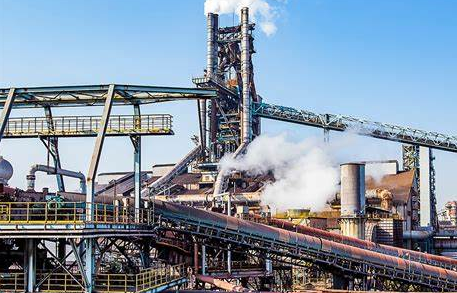
1.2.4 Export arbitrage window for chlor-alkali is opening
The energy price difference brings huge export arbitrage space, and the downward cost of shipping eases the export pressure. On April 13, 2022, the price of PVC in the European spot market rose by 150 euros/ton to 2,000 euros/ton, while the price of PVC in Europe (FOB) was about 2,000 US dollars/ton, compared with the domestic PVC spot price of only 1,414 US dollars/ton. Due to the rise in energy costs, the price difference at home and abroad continues to widen, and the difference between the FOB price of exports to Europe and the domestic market reaches $648, while the same period in 2019 is only $60. On the one hand is the arbitrage space brought by the energy difference, on the other hand is the downward trend of transportation costs, according to the China export container freight index provided by Wind, the latest European CCFI index is 5067 points, compared with the highest point this year in February
- EMERSON
- Honeywell
- CTI
- Rolls-Royce
- General Electric
- Woodward
- Yaskawa
- xYCOM
- Motorola
- Siemens
- Rockwell
- ABB
- B&R
- HIMA
- Construction site
- electricity
- Automobile market
- PLC
- DCS
- Motor drivers
- VSD
- Implications
- cement
- CO2
- CEM
- methane
- Artificial intelligence
- Titanic
- Solar energy
- Hydrogen fuel cell
- Hydrogen and fuel cells
- Hydrogen and oxygen fuel cells
- tyre
- Chemical fiber
- dynamo
- corpuscle
- Pulp and paper
- printing
- fossil
- FANUC
- Food and beverage
- Life science
- Sewage treatment
- Personal care
- electricity
- boats
- infrastructure
- Automobile industry
- metallurgy
- Nuclear power generation
- Geothermal power generation
- Water and wastewater
- Infrastructure construction
- Mine hazard
- steel
- papermaking
- Natural gas industry
- Infrastructure construction
- Power and energy
- Rubber and plastic
- Renewable energy
- pharmacy
- mining
- Plastic industry
- Schneider
- Kongsberg
- NI
- Wind energy
- International petroleum
- International new energy network
- gas
- WATLOW
- ProSoft
- SEW
- wind
- ADVANCED
- Reliance
- YOKOGAWA
- TRICONEX
- FOXBORO
- METSO
- MAN
- Advantest
- ADVANCED
- ALSTOM
- Control Wave
- AB
- AMAT
- STUDER
- KONGSBERG
- MOTOROLA
- DANAHER MOTION
- Bently
- Galil
- EATON
- MOLEX
- Triconex
- DEIF
- B&W
- ZYGO
- Aerotech
- DANFOSS
- KOLLMORGEN
- Beijer
- Endress+Hauser
- MOOG
- KB
- Moxa
- Rexroth
- YAMAHA
- Johnson
- Westinghouse
- WAGO
- TOSHIBA
- TEKTRONIX


Email:wang@kongjiangauto.com




















































































































